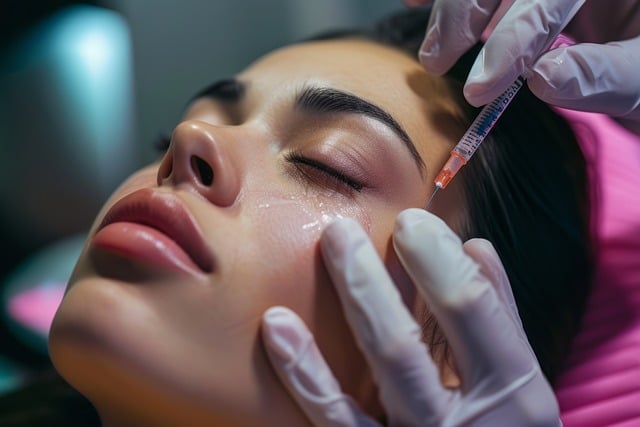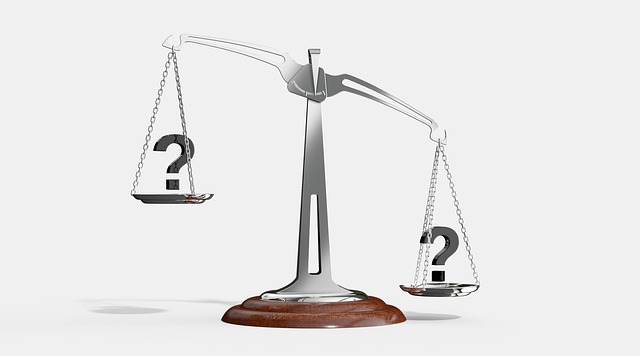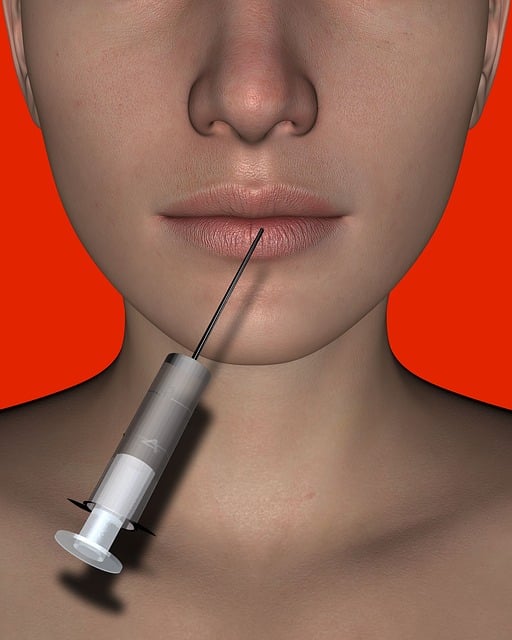This text compares Botox and dermal fillers as treatments for frown lines, highlighting their distinct mechanisms and benefits. Botox, a neurotoxin, relaxes muscles to prevent dynamic wrinkling, while dermal fillers enhance skin texture by adding volume with hyaluronic acid or collagen. Botox offers temporary results (3-6 months) and targets muscle activity, ideal for deep frown lines, whereas dermal fillers provide longer-lasting results (6 months to 2 years) by plumping hollow areas. Both treatments aim to reduce aging signs, but their approaches differ, with Botox preventing new wrinkles and fillers defining facial contours. Consulting a medical expert is crucial to weigh risks and benefits before deciding between these popular anti-aging options.
“Unwanted frown lines can be a source of concern for many, prompting a growing interest in effective wrinkle reduction treatments. This article delves into two popular choices: Botox and dermal fillers. We explore the science behind Botox, its mechanism in reducing frown lines, and how it stacks up against dermal fillers. By understanding their unique benefits and potential risks, you’ll gain valuable insights to make an informed decision between these top anti-aging therapies, ultimately choosing the right treatment for your needs.”
Understanding Frown Lines: Causes and Concerns

Frown lines, also known as glabellar lines or “11s,” are a common concern for many individuals seeking to maintain a youthful appearance. Understanding their causes is essential when considering treatment options. These vertical wrinkles between the eyebrows develop due to repeated muscle contractions, often a result of frowning, squinting, or other facial expressions. Over time, these repetitive motions can lead to the breakdown of collagen and elastin fibers, which support the skin’s structure.
When discussing treatment, a key consideration is the distinction between Botox and dermal fillers. Botox, a neurotoxin, works by relaxing the muscles responsible for frown lines, preventing future wrinkling. It’s a popular choice due to its non-invasive nature and temporary yet effective results. On the other hand, dermal fillers enhance the skin’s texture by injecting hyaluronic acid or collagen-based products beneath the surface, smoothing out existing lines and adding volume. While both Botox and dermal fillers offer solutions for frown lines, each has unique benefits and is suited to different patient needs, making personalized consultations crucial in the aesthetic journey.
What is Botox? A Comprehensive Overview

Botox, a protein derived from bacteria, has revolutionized the cosmetic and medical worlds alike. When injected into specific muscles, it temporarily blocks nerve signals, preventing the contraction that causes dynamic wrinkles, particularly around the eyes and forehead. This non-invasive procedure offers a subtle yet effective way to reduce the appearance of frown lines and crow’s feet, providing a more youthful complexion.
Unlike dermal fillers, which add volume and plump skin, Botox focuses on relaxing muscles to prevent wrinkling. It’s important to note that while both Botox and dermal fillers are popular anti-aging treatments, they cater to different concerns. Botox is ideal for fine lines and wrinkles caused by muscle movement, while dermal fillers are used to fill in deeper static wrinkles and enhance facial contours.
How Does Botox Work for Reducing Frown Lines?

Botox is a highly effective treatment for reducing frown lines, also known as glabellar lines or “11s.” It works by blocking nerve signals to the muscles responsible for contracting and causing these lines. When injected, Botox relaxes the facial muscles, preventing them from forming wrinkles and smoothing out the skin’s appearance. This non-invasive procedure offers a significant advantage over surgical options, as it provides a temporary yet noticeable result, typically lasting between 3 to 6 months.
In comparison to dermal fillers, which add volume to the skin by injecting substances like hyaluronic acid, Botox targets muscle activity. Fillers are ideal for patients seeking immediate and longer-lasting results, while Botox is more suitable for those wanting a subtle correction without adding substantial volume. Many individuals choose Botox for its ability to prevent the formation of new wrinkles, offering a proactive approach to anti-aging.
Dermal Fillers: An Alternative Approach to Wrinkle Reduction

When considering treatments for frown lines, individuals often find themselves weighing the options between Botox and dermal fillers. Both approaches aim to reduce wrinkles, but they do so in slightly different ways. Botox works by blocking nerve signals that cause muscle contractions, thereby smoothing out dynamic lines like frown lines and crow’s feet. On the other hand, dermal fillers enhance the skin’s appearance by plumping up depressed areas, reducing the visibility of static wrinkles.
Dermal fillers offer a more immediate result compared to Botox, which takes a few days to reach its full effect. Fillers can last anywhere from 6 months to 2 years, whereas Botox treatments typically last 3-4 months. This longevity makes dermal fillers an attractive option for those seeking long-term wrinkle reduction without the need for repeated injections.
Comparing Botox vs Dermal Fillers: Key Differences

When considering treatments for frown lines, understanding the differences between Botox and dermal fillers is crucial. These two popular cosmetic procedures offer distinct approaches to addressing facial wrinkles. Botox, a protein derived from bacteria, works by temporarily paralyzing muscle activity, smoothing out dynamic wrinkles caused by expression. On the other hand, dermal fillers are hyaluronic acid-based products injected into the skin to add volume and enhance contours.
While both aim to reduce the appearance of aging, their mechanisms differ significantly. Botox is ideal for preventing the formation of new wrinkles and is particularly effective for deep, persistent frown lines or crow’s feet. Dermal fillers, in contrast, are more suitable for adding definition to hollow areas, plumping up shallow wrinkles, and enhancing facial features. The choice between them depends on individual needs and desired outcomes.
Benefits and Risks of Using Botox for Frown Lines

Botox has emerged as a popular non-surgical treatment for frown lines and wrinkles, offering several advantages over traditional dermal fillers. One of its key benefits is the ability to temporarily paralyze facial muscles responsible for creasing the skin, thus reducing the appearance of dynamic lines and wrinkles. This makes it an attractive option for those seeking to prevent or minimize the formation of frown lines caused by expression.
While Botox is generally considered safe when administered by a qualified professional, there are potential risks associated with any cosmetic procedure. Temporary side effects may include mild bruising, swelling, or headaches. In rare cases, patients might experience more significant complications, such as difficulty swallowing or eye problems. When considering Botox vs dermal fillers, it’s essential to weigh these risks against the benefits and discuss them openly with a medical professional before making a decision.
Choosing the Right Treatment: Botox, Dermal Fillers, or Combination Therapies

When considering treatments for frown lines, understanding the options is key. The primary choices include Botox, dermal fillers, or a combination of both. Each has unique advantages and applications.
Botox is a popular neurotoxin that relaxes muscles, preventing the contraction that causes dynamic frown lines. It’s ideal for targeted treatment areas and offers noticeable results within days to weeks. Dermal fillers, on the other hand, add volume and lift to the skin by injecting hyaluronic acid or collagen-based substances. Fillers provide instant results and can enhance facial contours, making them suitable for more pronounced wrinkles. Combining Botox and dermal fillers can offer comprehensive anti-aging benefits, addressing both dynamic and static lines for a youthful appearance.
